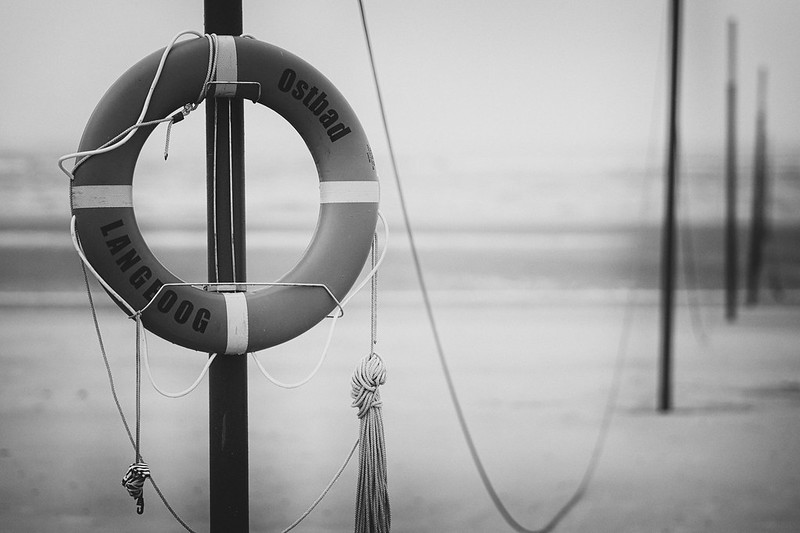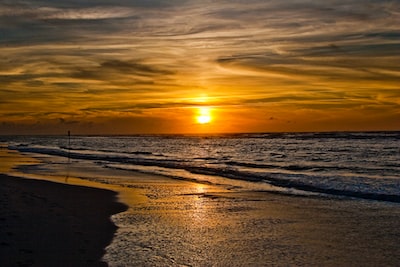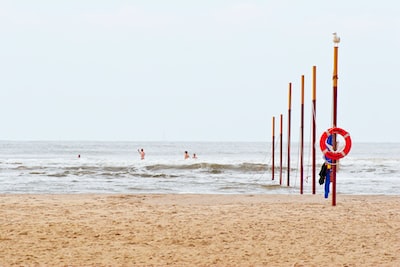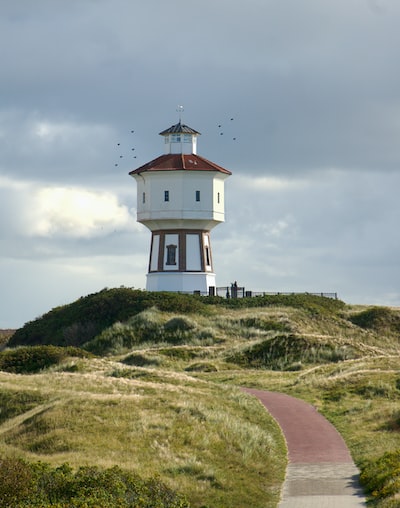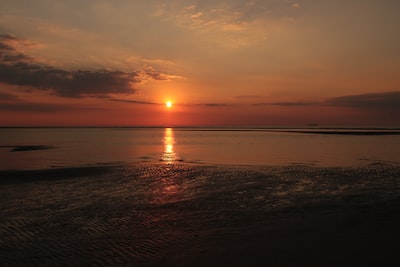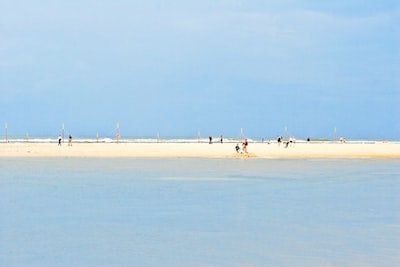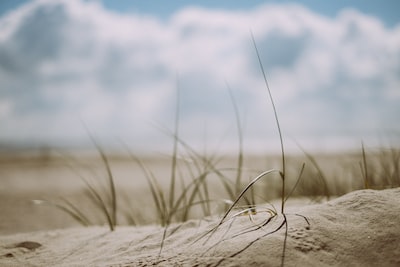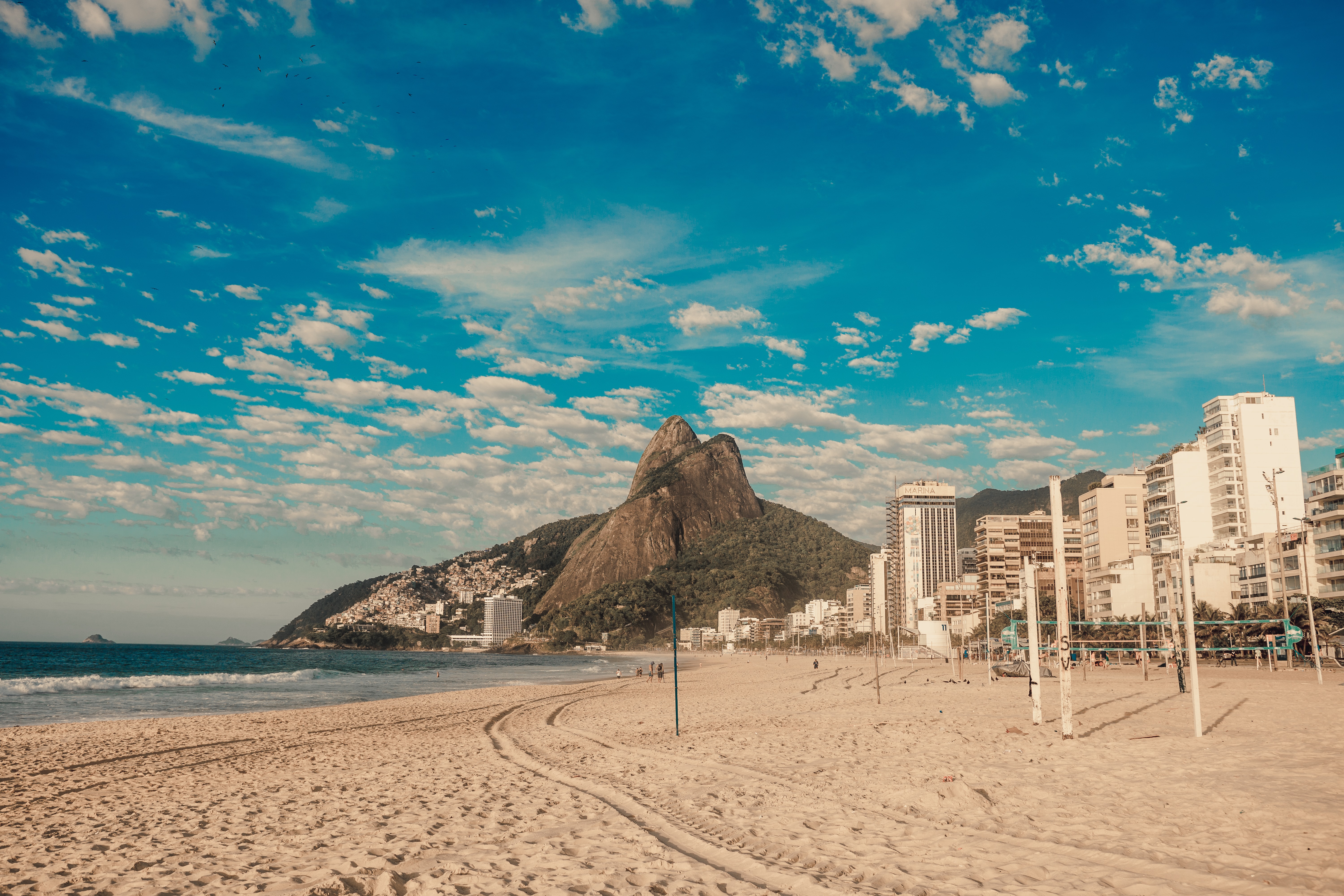Ostbad Langeoog Beach
Ostbad Langeoog Beach Vacation & Travel Guide
Ostbad Langeoog Beach is a beautiful stretch of shoreline on the east coast of the island of Langeoog, Germany. The beach is one of the most popular tourist destinations in the region. It embodies everything that makes this part of Germany exceptional - breathtaking natural beauty, various recreational activities, and a rich cultural heritage.
Ostbad Langeoog Beach extends for over six kilometers and is characterized by its pristine white sand, clear water, and dramatic dunes that rise and fall along the shoreline. Visitors flock to Ostbad Langeoog Beach worldwide to enjoy its beauty and engage in various outdoor activities such as surfing, paddleboarding, windsurfing, beach volleyball, and cycling, among others.
Importance of Ostbad Langeoog Beach
Ostbad Langeoog Beach is an integral part of life for locals and tourists alike. For those who live on the island year-round, it is a place to relax and unwind after a long day at work or school.
It also serves as a hub for socializing with friends and family while enjoying fresh air under blue skies. For tourists, Ostbad Langeoog Beach represents a chance to escape from their busy lives back home while immersing themselves in new experiences, such as exploring local nature trails or participating in water sports activities like windsurfing or paddleboarding.
Since it annually attracts visitors from all parts of Germany and beyond, it plays an essential role in promoting tourism within this region. The importance of Ostbad Langeoog Beach also extends beyond just leisure activities, as it has helped boost economic activity on the island.
For example, local businesses such as hotels and restaurants have benefited dramatically from increased tourist traffic due to Ostbad Langeoog's popularity among visitors. Overall, the beach has become an integral part of the local community and a significant economic driver in the tourism industry.
Environmental Conservation Efforts
Efforts to protect the natural environment around Ostbad Langeoog Beach
Ostbad Langeoog Beach is situated in an ecologically sensitive area; therefore, various measures have been put in place to ensure the conservation of the surrounding natural environment. One of the primary efforts is to reduce human impact on the dunes and nearby nature reserves.
The beach authorities have implemented rules and regulations for visitors, such as asking beachgoers not to disturb the vegetation or wildlife in those areas. In addition, designated paths are created for visitors to follow, which helps prevent trampling on sensitive vegetation.
Preservation of dunes
The dunes are a crucial part of Ostbad Langeoog's ecosystem. They provide habitats for various plants and animals, help prevent erosion, and act as a buffer zone between land and sea.
Therefore, preservation efforts focus on preventing erosion by building wooden fences that help anchor the sand while directing pedestrian traffic away from vulnerable areas. Educational signs are placed throughout these areas explaining why it's essential not to enter them.
Recycling Initiatives & Reduction in plastic usage
In recent years, much emphasis has been given to reducing waste generated at Ostbad Langeoog Beach through recycling initiatives. Many recycling bins are present throughout the beach where visitors can dispose of their trash correctly - plastic bottles go into one bin while paper goes into another labeled 'Recycling.' Another initiative involves reducing plastic usage by providing sustainable alternatives like reusable bags so tourists can avoid single-use plastics like straws or cups.
Impact on local wildlife
The natural resources around Ostbad Langeoog Beach support several species, including migratory birds such as plovers and terns, seals, etc., which can be seen in their natural habitats. The beach authorities work tirelessly to ensure that human activities do not disturb these animals.
This includes putting up signage that educates visitors about respecting wildlife, not feeding them, and keeping a safe distance from them so as not to disturb or threaten their lives. All of these efforts have significantly contributed towards conserving the environment around Ostbad Langeoog Beach, making it an ideal spot for those who wish to enjoy nature's beauty while ensuring its long-term survival.
Local Culture and History
Guardians of the North Sea
The island of Langeoog and its beach, Ostbad Langeoog, has a rich cultural history dating back to the North Sea pirates' days. The island was once a famous hideout for pirates who used it as a base to ambush passing ships.
However, as smuggling became more common in the area, the townspeople united to drive out these marauders. Today, the people of Langeoog are known as "Guardians of the North Sea" for their long history of protecting their island from invaders.
The Origin of Ostbad Langeoog Beach
The name is Ostbad Langeoog has an interesting origin story. The word Ostbad comes from German-language compound words "Ost," meaning "East," and "Bad," meaning "bath." It is derived from the fact that this section of Langeoog Beach is located on the island's eastern side. Langeoog is believed to have come from an old Frisian word meaning "long island." This refers to the unique characteristic shape of this elongated barrier island in Lower Saxony.
Conclusion
Ostbad Langeoog Beach is more than just a beautiful location on Germany's coast – it is also steeped in fascinating cultural history. With its pristine environment and unique amenities available for visitors, it offers something for everyone, whether a resident or a tourist visiting for vacation, whether you're interested in water sports like surfing and paddleboarding or prefer lounging under an umbrella with your toes buried in the warm sand while reading your favorite book, there's denying that Ostbad Langeoog Beach is one of Europe'smost extraordinary destinations.
Ostbad Langeoog Photos
Beach infrastructure
Occupancy
There are usually quite a few people on the Ostbad Langeoog from October to April.
Ostbad Langeoog Beach Weather
Air and water temperature
From November to April the water at Ostbad Langeoog is too cold to swim in.
Average Monthly Rainy Days
From July to January Ostbad Langeoog has rainy season. This is something to keep in mind when planning your trip since it is quite possible that you may be unable to sunbathe.
Sports on the Beach
Diving
Kiting
Equipment for rent
Surfing
Windsurfing
How to get to the Ostbad Langeoog
Geographical Location of Ostbad Langeoog Beach
Ostbad Langeoog Beach is located on the charming island of Langeoog, part of the East Frisian Islands in the North Sea, Germany. This stunning beach can be found on the eastern side of the island and stretches for over 14 kilometers.
The beach boasts an idyllic, secluded location surrounded by lush vegetation and natural dunes. The crystal-clear waters and powdery white sand make it an ideal spot for relaxation, sunbathing, or swimming.
Modes of Transportation to the Beach
Getting to Ostbad Langeoog Beach is easy, thanks to the numerous modes of transportation available on the island. The best way to get there is by taking a ferry from Bensersiel, which leaves every hour during peak season.
Alternatively, one can reach Bensersiel via train or car. Once you arrive at Langeoog's harbor from Bensersiel via ferry, you can take a shuttle bus or horse carriage to reach Ostbad Langeoog Beach.
The shuttle bus service runs regularly during peak season, while horse-drawn wagons are available yearly. For those who prefer cycling, bikes are available for rent on both sides: Bensersiel Harbor and Langeoog Island near Ostbad Beach.
Visitors can easily pedal through paved paths toward Ostbad Beach while enjoying scenic views. Overall, traveling to Ostbad Langeoog Beach is a fun experience due to its unique location and accessibility options that allow visitors to explore what this lovely island has to offer easily!
Things to do / Activities
Overview of facilities available on the beach
Ostbad Langeoog Beach offers many facilities to ensure visitors have a comfortable and enjoyable experience. The beach has clean and well-maintained restrooms and showers located at convenient intervals.
The bathrooms are regularly cleaned, which helps maintain hygiene standards. Visitors can use these facilities free of charge.
Restrooms and Showers
Restrooms at Ostbad Langeoog Beach are modern, spacious, and well-ventilated, making it a refreshing experience for visitors. They are equipped with toilet paper and hand sanitizers. Additionally, there are outdoor showers where visitors can rinse off the sand before returning to the changing rooms or leaving the beach.
Beach Chairs and Umbrellas
Ostbad Langeoog Beach offers comfortable beach chairs with umbrellas that provide shade from the sun for those looking to relax by the beach without getting sand all over them. These can be rented for a small fee on arrival at the beach or pre-booked online from various rental companies in town.
Food and Drink Options
Visitors can enjoy snacks, cold drinks, ice cream, hot coffee, or tea from a food stall along the Ostbad Langeoog Beach's promenade area. These vendors offer a variety of local flavors, such as Bratwursts, potato pancakes (Kartoffelpuffer), and fresh fish sandwiches, among others. Some also have vegetarian options like falafel wraps or veggie burgers available on request.
Water Sports Equipment Rentals
At Ostbad Langeoog Beach, watersports enthusiasts will find rental companies from which they can rent water sports equipment, such as surfboards, kayaks, paddle boards, etc., to have fun in the surf. The rental companies offer expert advice on suitable equipment for beginners and experienced surfers, ensuring a safe and enjoyable surfing experience.
Accessibility for people with disabilities
Ostbad Langeoog Beach has taken great care to ensure that it is accessible to people with disabilities. The beach has specially designed walkways that are wheelchair accessible so that everyone can enjoy the beach without difficulty.
There are also beach wheelchairs available at the Ostbad lifeguard station to help visitors with limited mobility get down to the water. Additionally, all restrooms have handicap-accessible stalls and showers to accommodate visitors with disabilities or those requiring special assistance.
Water sports include surfing, kitesurfing, windsurfing, paddleboarding, etc.
Ostbad Langeoog Beach is a perfect destination for water sports enthusiasts. The beach offers various water sports activities like surfing, kitesurfing, windsurfing, and paddleboarding. With its warm and clear waters, even beginners can enjoy these activities.
Surf schools are available on the beach to offer lessons on surfing. They provide equipment rentals like surfboards and wetsuits as well.
Kitesurfing is another popular activity that attracts tourists to Ostbad Langeoog Beach. With solid coastal winds blowing through the beach, it becomes an ideal spot for kite enthusiasts worldwide.
The beach has designated areas where kiteboarding is allowed to ensure the safety of everyone using the beach. Windsurfing is also a viral activity among tourists visiting Ostbad Langeoog Beach.
The wind conditions on the island are ideal for windsurfing, and there are many instructors available on the beach who offer lessons. They also rent out equipment like boards and sails.
Beach games like volleyball, soccer, etc.
In addition to water sports activities at Ostbad Langeoog Beach, there are also many opportunities for visitors to play beach games with friends or family members. Volleyball courts are set up along the coastline where visitors can engage in friendly volleyball or beach soccer matches.
The sandy shores of Ostbad Langeoog Beach also serve as the perfect ground for other games like frisbee or sand castle competitions with your family members or friends. You can bring your favorite game equipment or rent them from nearby shops that rent out gear, such as sandcastle buckets and shovels.
Cycling and hiking trails nearby
If you want to explore the beautiful island of Langeoog differently, rent a bike and cycle around. Several cycling trails run along the island's coastline and through its beautiful forests.
Cycling is a great way to spend your day while taking in the beautiful scenery of Ostbad Langeoog Beach. The island also boasts many hiking trails ideal for those who love to explore nature on foot.
These trails offer some of the most scenic views of Ostbad Langeoog Beach, including panoramic views of the sea and surrounding areas. You can also enjoy bird watching while hiking through the beach's forests.
Overall, Ostbad Langeoog Beach provides visitors various activities on and off the water. From water sports activities like surfing and kitesurfing to beach games like volleyball to cycling and hiking trails nearby, there is something for everyone at this picturesque destination.
